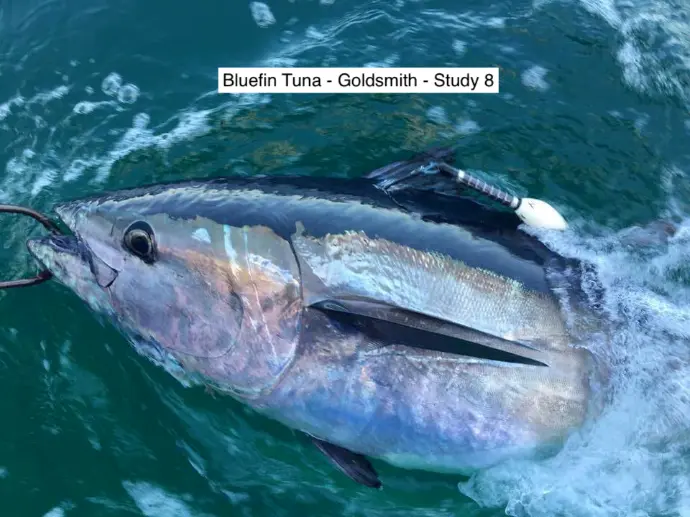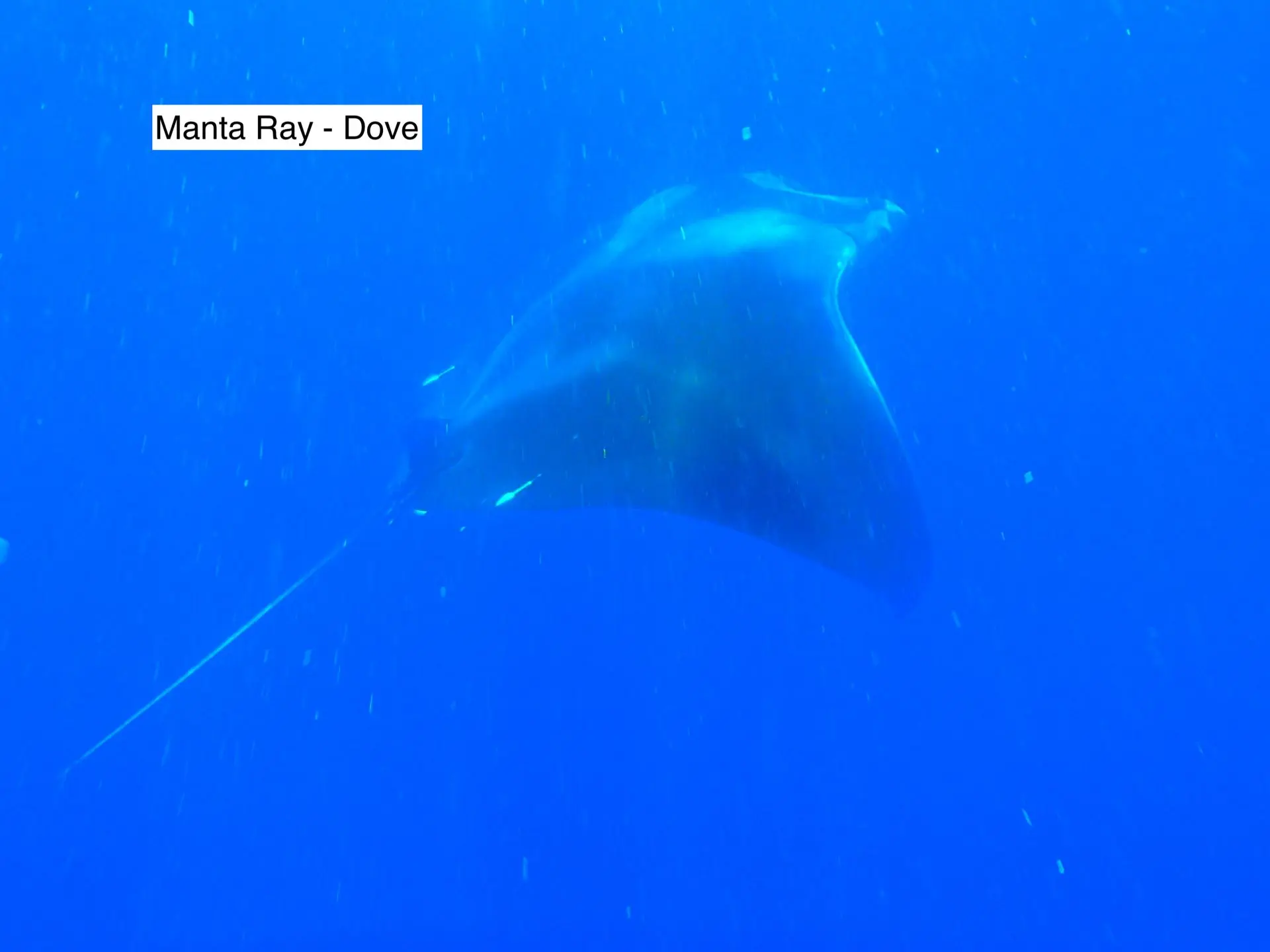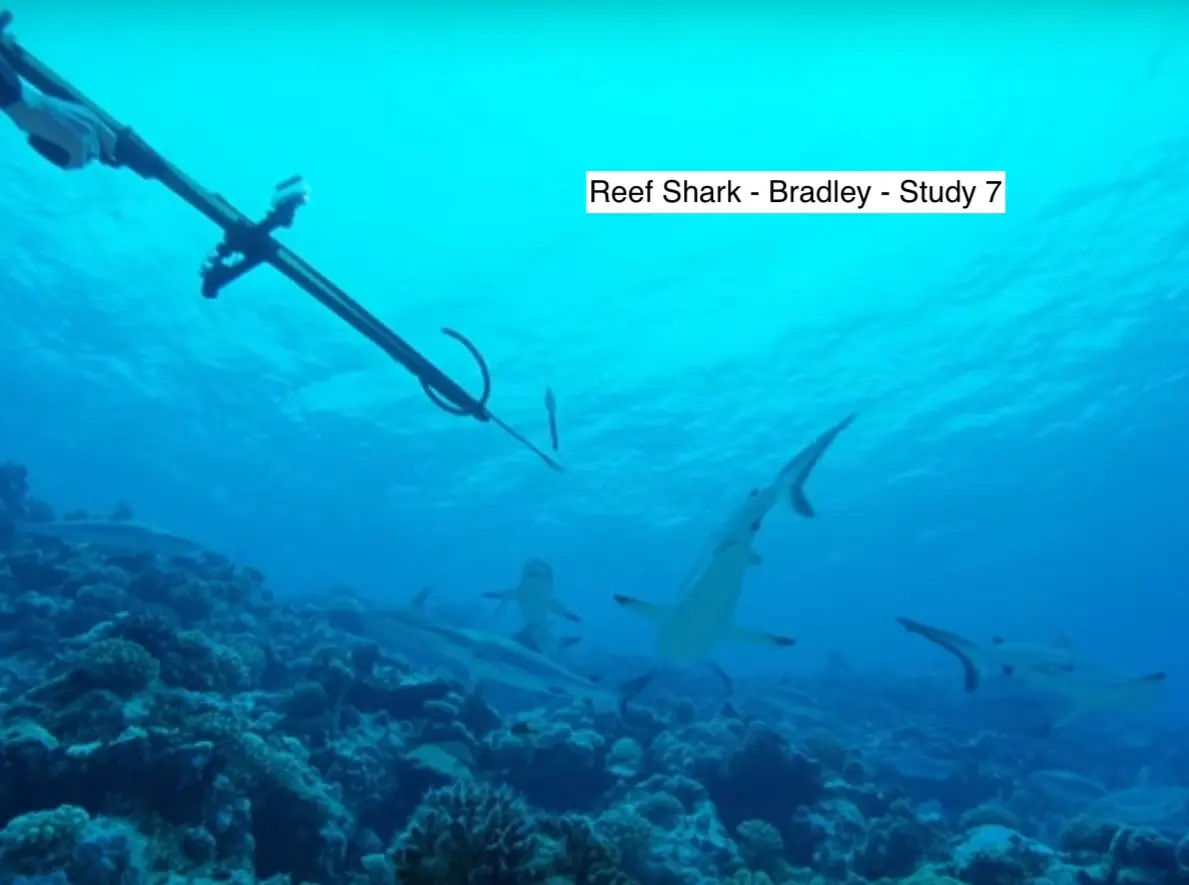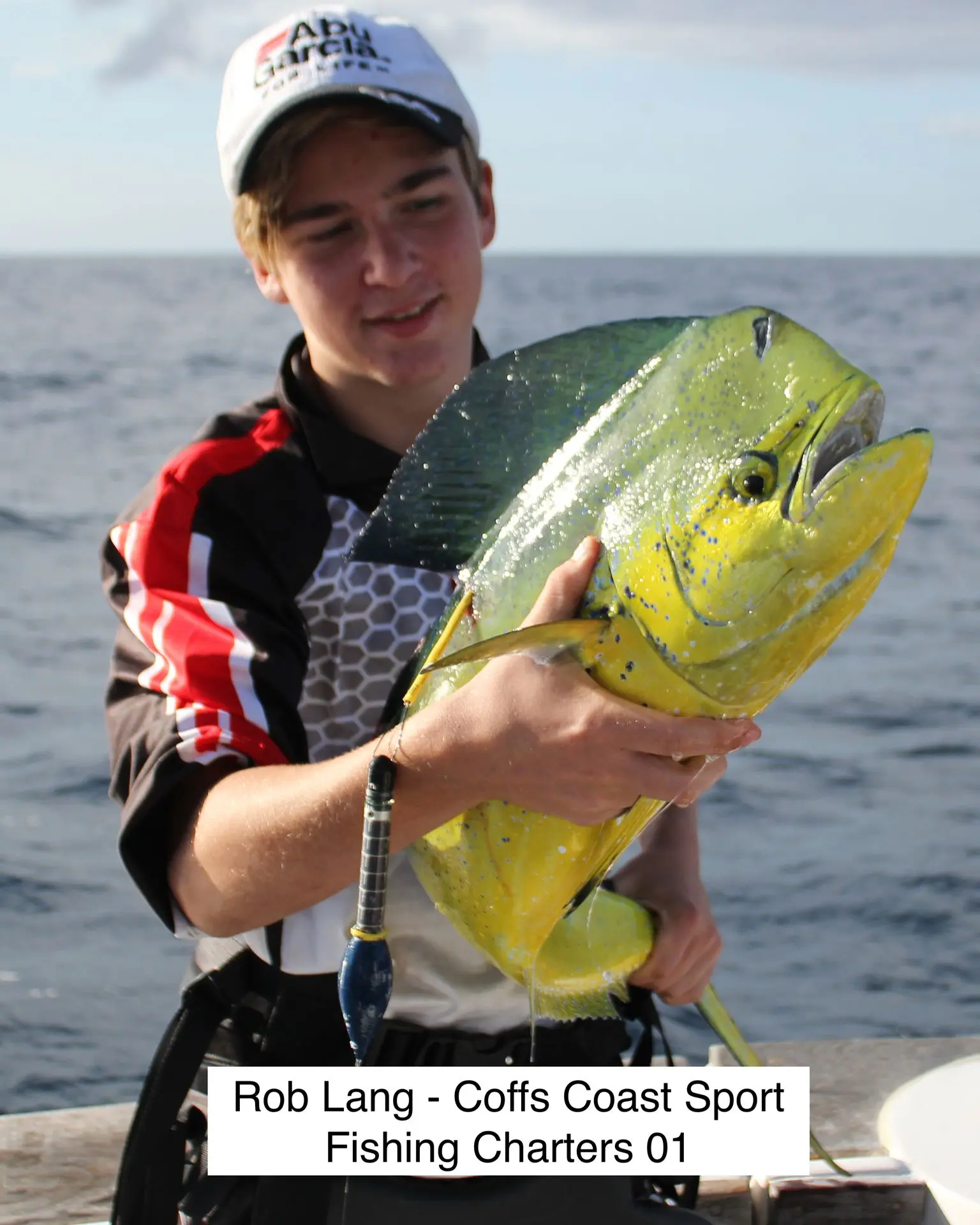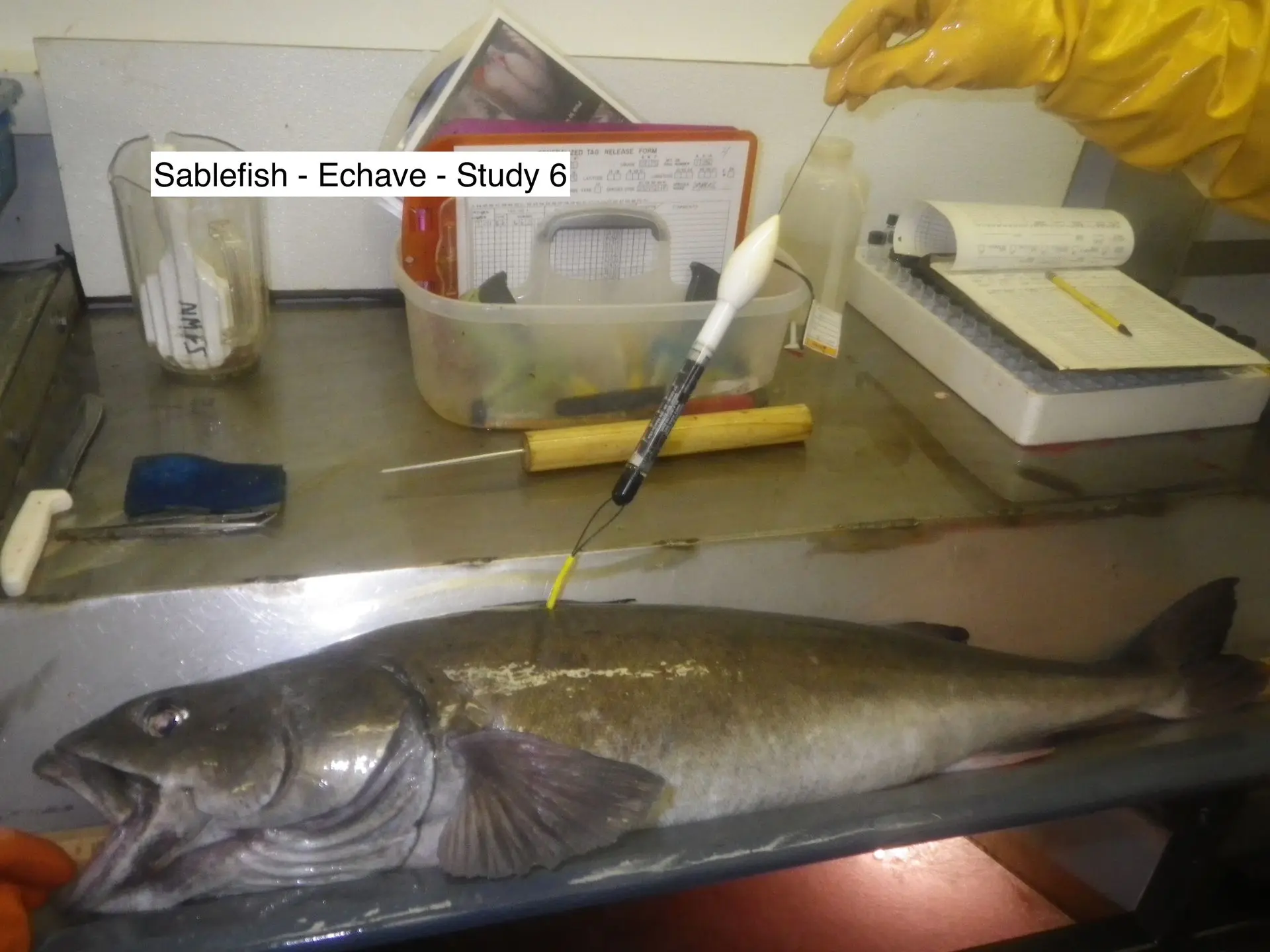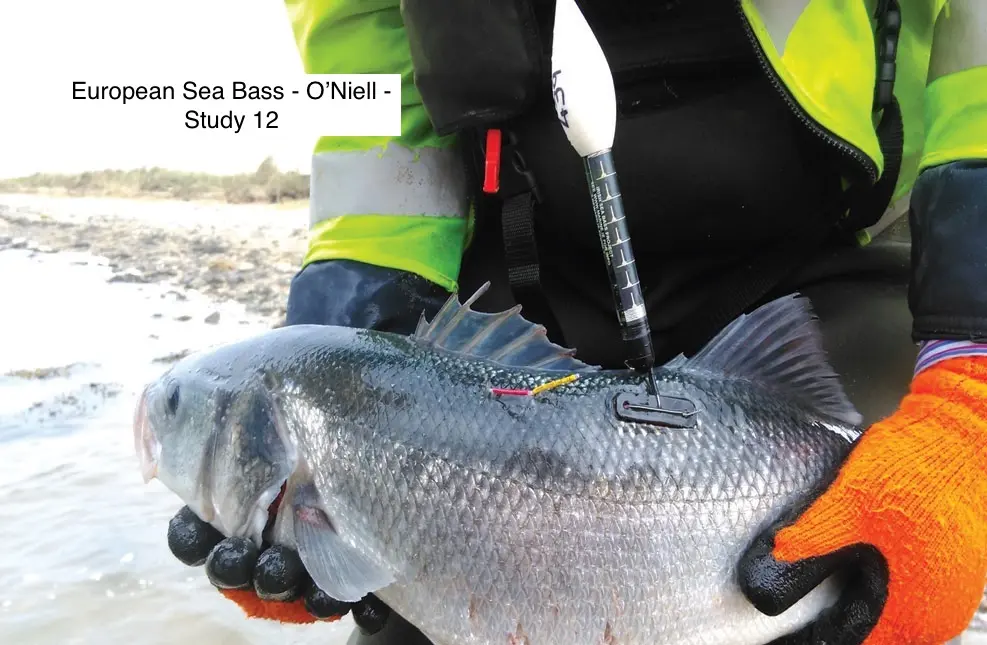SeaTag-3D
Horizontal & Vertical Migration and Habitat Utilization
Product Overview
The SeaTag-3D™ pop-up satellite tag is an ideal tool for learning more about animal horizontal / vertical migration and habitat utilization. The tag is equipped with a magnetometer, light, depth and temperature sensor(s).
Desert Star tags are significantly more capable than competitors’ tags and at a significantly lower price point, about 50-65% less expensive. This economy enables leading edge research on a larger sampling of animals within a given budget, boosting the relevance of results. And, because we build these tags to stock you can often procure them within days.
Key Characteristics:
- Position accuracy via magnetometer
- Significantly reduced size and drag
- Storage of approximately 425,984 packets
- Unlimited data transmissions
- Functional in salt and fresh water
- 50-65% cost reduction (only $1,350-$2,000 each)
Data Collection
The SeaTag-3D collects a comprehensive set of data for tracking fish migration and studying vertical habitat use:
- Depth measurements (accuracy of 0.1m)
- Temperature readings (accuracy of 0.01°C)
- Light intensity (via solar panel voltage)
- 3-axis geomagnetic field values
- Day length and apparent noon time
- Capacitor voltage (power status)
The tag can sample data as frequently as every 16 seconds, storing up to 78 days of high-resolution time series data. It also provides daily summaries and depth/temperature histograms. This rich dataset allows for detailed analysis of fish behavior, including vertical migration patterns and body orientation.
Specifications
| Size | Tag with no float and no release Tag with float and no release Tag with float and release |
150mm Lx1 199mm Lx1 208mm Lx1 |
| Weight | Tag with no float and no release |
42g |
| (in air) | Tag with float and no release Tag with float and release |
58g 60g |
Solar Powered
We’ve heard this scenario a lot. A tag pops up after at last a long time on-animal and it’s a real nail biter if it can deliver its precious data load before the battery runs dry and it goes silent. For that reason, we designed our tags with solar power. SeaTag-3D can go on and on and on…like the Energizer Bunny, but better! The wrap around solar cells act as energy harvesters charging the tag’s internal capacitor packs. This capability, unique to SeaTag devices, removes any hard limitation on Argos transmissions meaning that the tag can transmit actual time series data rather than binned or compressed (which are the limitations of battery powered devices). Tags can and routinely do transmit for months and even years.
And yes, it works underwater! Solar energy harvesting generally is possible to a depth of about twice the vertical visibility. That means that for the many animals, the need for batteries is a thing of the past.
For species that remain in darkness for extended periods of time or where fast sampling rates beyond solar power limits are required, use the battery integrated release section to augment power; but still rely on the sun to transmit your high resolution data following release!
Precise Magnetic Positioning
Estimating animal migration underwater, without the use of GPS or Argos, used to be fraught with uncertainty. The choice has been poor quality of daily locations (or none at all) or using every filter known to man (or biologist) to come up with a ‘most probable track’ that may yet be poorly substantiated. Tags that rely solely on light or perhaps sea surface temperature for position estimation are at a huge disadvantage. Detecting latitude by light measurements is uncertain business and highly subject to error by normal events such as cloud cover, obscure diving behavior, turbid waters, and even just the equinox. Sea surface temperature can help, if there is a good gradient, but even then only if the animal ventures near the surface.
Therefore, SeaTag devices use a magnetometer to estimate the animal’s latitude. This much tightens latitude estimates and now routinely allows for regional migration studies with scales of just tens or hundreds of miles in addition to oceanic migration. Our light based longitude, taking in much smoother light measurements using the tag’s entire solar panel covered surface also yields excellent and generally superior results.
In addition, in the deep ocean beyond the reach of sunlight where other tags entirely fail to record useful positions SeaTag again wins. Magnetic sensing is reliable to the deepest of depths, and even in the absence of sunlight some position estimation is possible by correlation with other factors such as bathymetry.
Average position errors across many experiments is documented in the 30-40 nautical mile range but there are also verified records with errors in the teens. That compares to often hundreds of nautical miles error experienced by tags that use light for latitude.
Safety Precaution
Please treat the SeaTag-GEO kinetic release as a loaded gun. While it is not as dangerous as a loaded gun, please use common sense and do not point at any part of the body or at anyone else. The approximate force of the kinetic release is around the force of a paint-ball gun. It is extremely important that you do not aim the kinetic release at the face, eyes or any other sensitive part of the body due to the potential for injury.
Please refer to the operator’s manual or MSDS for additional information.
HAZMAT Regulation
The following information is specific to the SeaTag-GEO kinetic release:
Per the “De Minimis” exemption of CFR 173.4B, the release kits can be shipped and transported legally including on passenger aircraft. You can carry any reasonable number of these kits, as the quantity exemption is per package. However, the exemption only applies to the kit with its unmixed components.
Once mixed you can no longer transport or ship the material legally without compliance with HAZMAT regulations. While use in carry-on luggage is in principal not against regulations, TSA has informed us that inspectors would likely not permit it because compounds could be mixed onboard.
Therefore, we recommend that you transport the kits in checked luggage only. We have traveled across the globe both domestically (USA) and internationally with the release kits without ever running into a problem (in our checked luggage).

